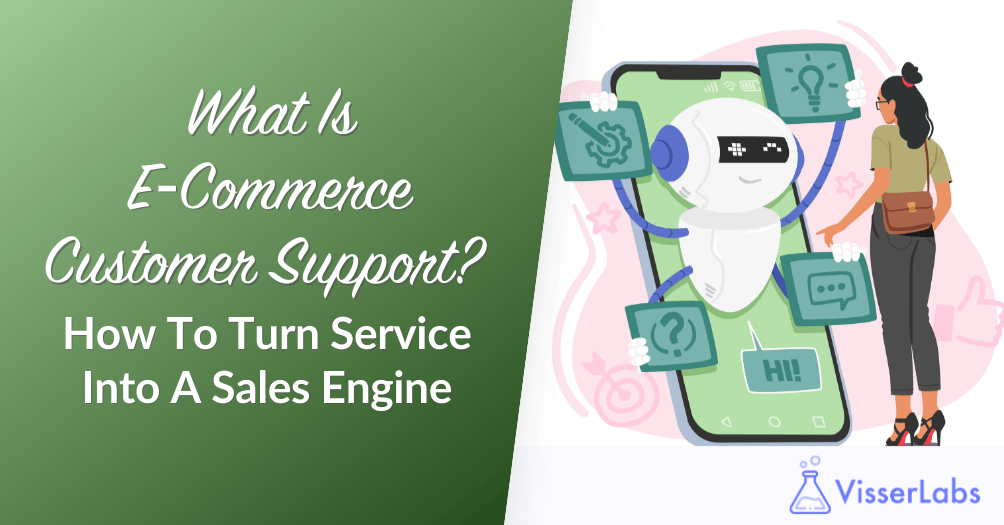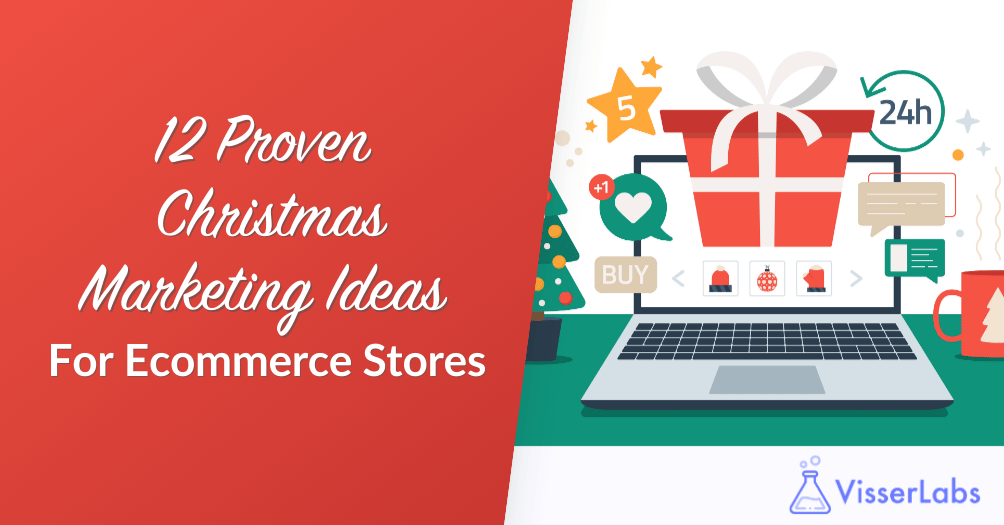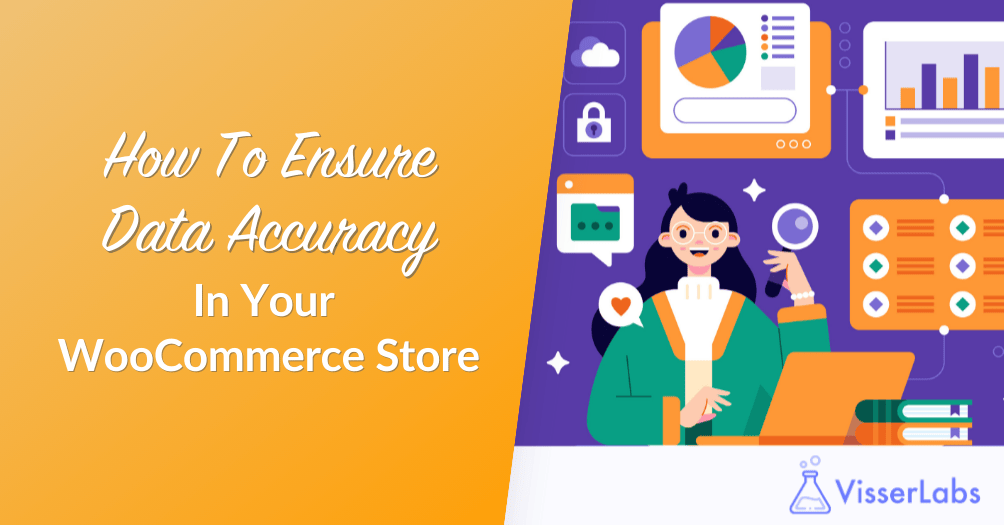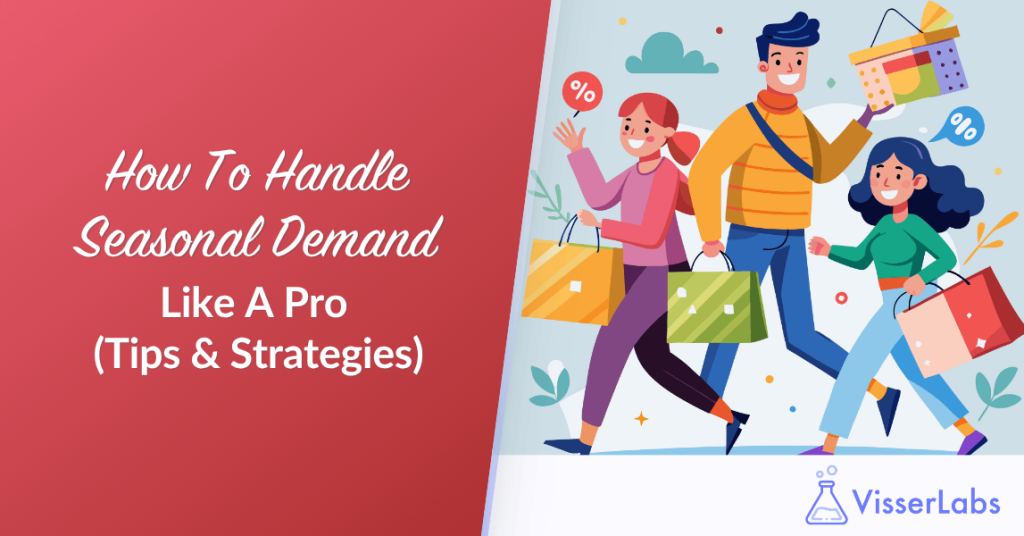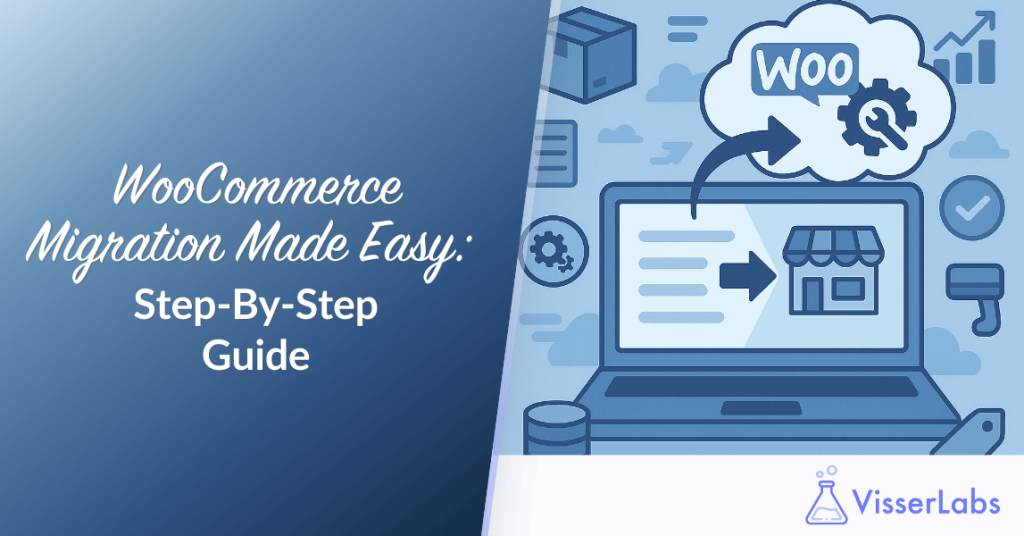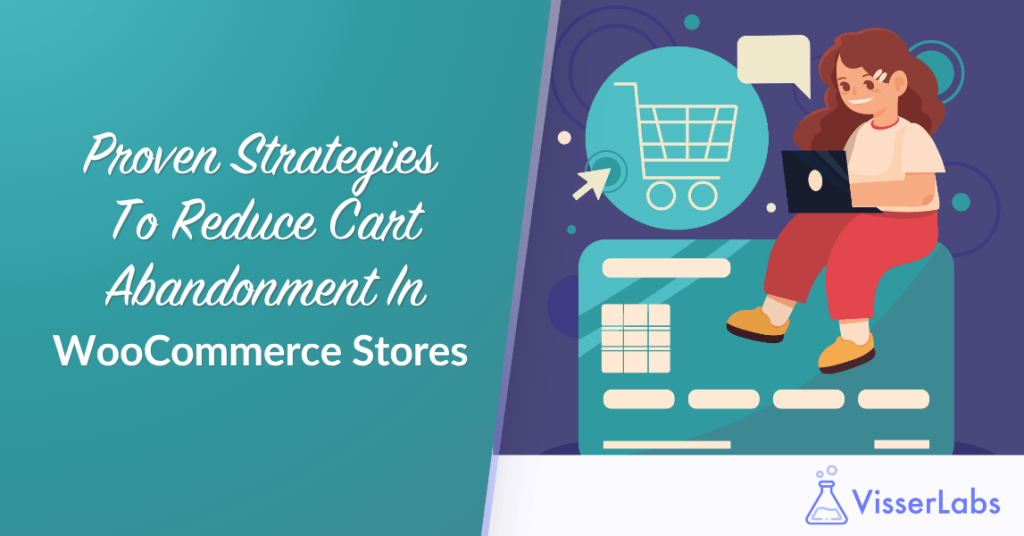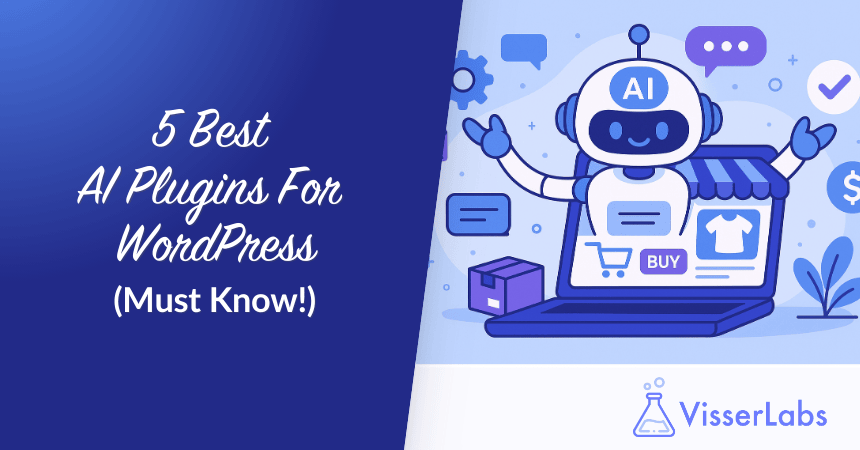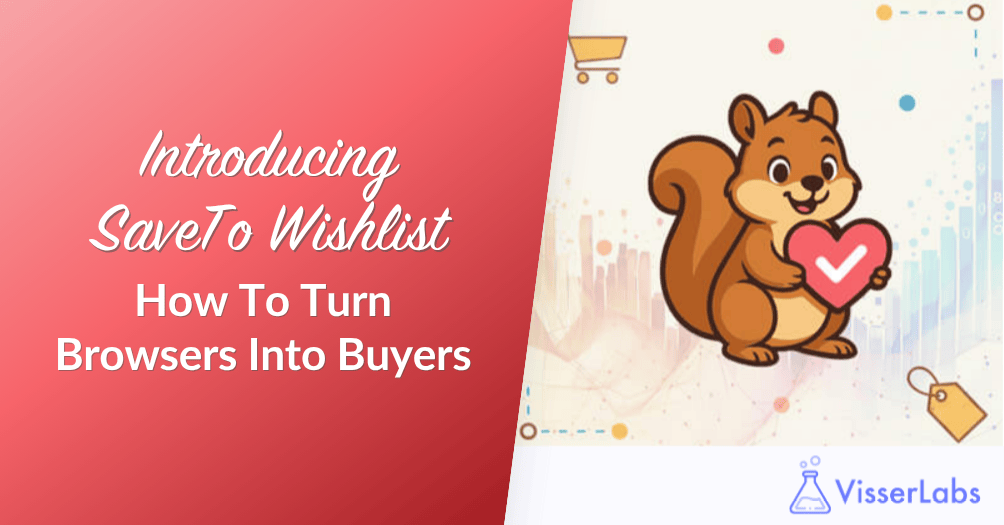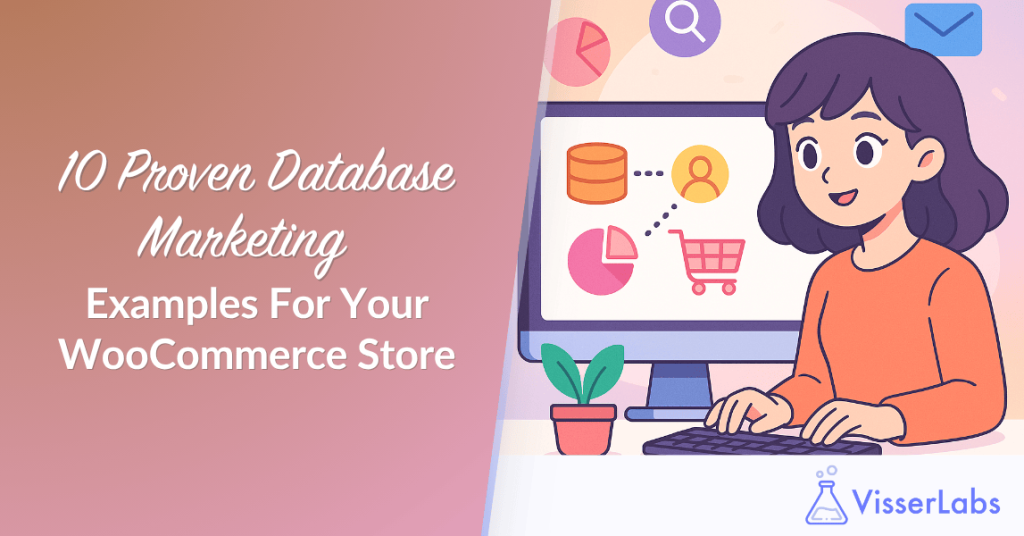
Every order, product view, and cart in your WooCommerce store contains valuable insights about your customers. These moments are the foundation for applying database marketing examples that lead to better campaigns and smarter targeting.
This article focuses on turning your WooCommerce data into strategy. These database marketing examples are designed to be practical, specific, and easy to adapt—so you can start making smarter decisions right away.
In this guide, we’ll explore ten proven database marketing examples designed specifically for WooCommerce store owners who want to act on real customer insights. We’ll also show you how tools like Store Exporter Deluxe make it easier to collect customer information and build personalized strategies around it.
What Is Database Marketing And Why Does It Matter For WooCommerce?
Database marketing is a marketing strategy that uses structured customer data such as purchase history, location, and browsing behavior to create targeted and personalized campaigns.
This strategy is most effective when all your customer data is unified in a central omnichannel database, which creates a single, consistent view of each shopper across all your marketing channels.
As a result, instead of broadcasting the same message to everyone, it allows you to segment your audience and tailor offers that make sense to each group.
What are the types of database marketing?
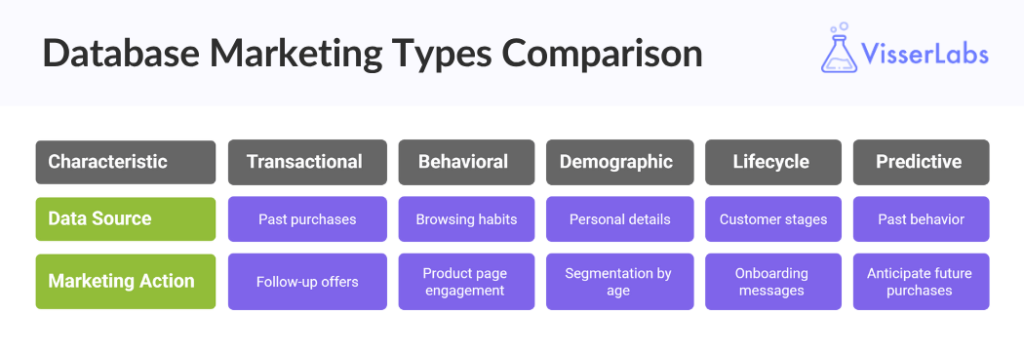
There are several types of database marketing, each offering a different way to engage your audience:
- Transactional database marketing: Uses data from past purchases to send follow-up offers or receipts.
- Behavioral database marketing: Focuses on browsing habits, time spent on product pages, or actions like adding to cart.
- Demographic database marketing: Segments users by age, location, gender, and other personal details.
- Lifecycle database marketing: Aligns messages with customer stages, such as onboarding, retention, or win-back.
- Predictive database marketing: Uses patterns and past behavior to anticipate future purchases or preferences.
Each type can help WooCommerce store owners craft more relevant campaigns and improve overall customer engagement.
What are the benefits of database marketing for WooCommerce?
There are several benefits of database marketing for WooCommerce store owners:
- More relevant product recommendations that lead to higher conversion rates
- Better use of ad budgets and email efforts
- Stronger customer relationships based on behavior, not guesswork
- Increased revenue from repeat purchases and personalized offers
Ultimately, these benefits all contribute to a crucial goal for any growing store: effective e-commerce customer retention.
It’s a foundational strategy for online retail management that helps you focus on what works instead of relying on assumptions.
With that understanding in place, it’s time to explore how database marketing functions practically within your WooCommerce store setup.
How Does Database Marketing Work In WooCommerce?
It starts with collecting customer data through your WooCommerce store—orders, browsing habits, purchase frequency, and more. Then, you analyze that data to create customer segments based on behavior or value.
With the right tools, such as Store Exporter Deluxe, you can:
- Export structured customer data including order history, product views, and locations
- Segment customers based on patterns (e.g. high spenders, lapsed users)
- Feed those segments into your email or ad platform for targeting
- Automate WooCommerce data handling through scheduled exports and integrations
This structured use of data is what turns your WooCommerce store into a long-term marketing engine.
Next, let’s look at real-world database marketing examples that show exactly how to apply these ideas in your store.
What Are Some Proven Database Marketing Examples For WooCommerce?
Let’s walk through ten proven database marketing examples that WooCommerce store owners can use immediately. These database marketing examples are not only practical but backed by results-driven case studies and real-world usage.
Each of these database marketing examples shows how customer behavior and data patterns can be transformed into marketing campaigns that speak to each shopper directly.
1. Personalized product recommendations

Personalized product recommendations show customers products they are likely to want. This is based on what they have viewed or bought before.
According to McKinsey and a Rejoiner case study, Amazon’s recommendation engine is responsible for about 35% of its revenue. This same strategy can work for WooCommerce stores, too.
For example, you can export order data and product views using Store Exporter Deluxe. Then, you can use this data in your email or website to suggest products that match each customer’s interests. This often leads to higher engagement and more sales.
In short, product recommendations based on real behavior help you show customers the right items at the right time.
2. Abandoned cart recovery campaigns
Learning how to reduce cart abandonment is crucial because it’s a major revenue leak for ecommerce stores.
According to Experian, sending a second abandoned cart email can boost recovery rates by up to 50–56%. Adding a limited-time offer can make these emails even more effective.
First, export your cart and customer data from WooCommerce. Then, segment your list by cart value or product type. After that, use email automation to follow up with customers who left items behind.
You can add urgency by saying their cart will expire soon. Offering a small discount or free shipping often encourages them to complete the purchase. This is one of the database marketing examples that will help you recover sales in your online store.
3. Loyalty and rewards campaigns

Loyalty programs reward customers for shopping with you more than once. They help you build long-term connections.
According to industry research, personalized loyalty offers lead to more frequent purchases and stronger customer engagement. First, export data on how often someone buys and how much they spend. Then, use that information to offer rewards like early access, special discounts, or thank-you coupons.
This makes your best customers feel appreciated. It also gives them a reason to come back again.
4. VIP segmentation and exclusive offers
High-value customers are the ones who buy frequently or spend more than average. These customers deserve special treatment.
First, export and review your customer lifetime value. This helps you identify who your top shoppers are. Then, create exclusive campaigns just for them. For example, you can offer private sales, early product access, or VIP-only bundles.
This kind of business database marketing helps you keep your best customers loyal. It also makes them feel recognized and appreciated.
5. Birthday or anniversary promotions

Campaigns tied to personal milestones are a powerful way to surprise and delight customers.
According to industry benchmarks, birthday emails often see open and redemption rates 25–30% higher than standard promotions. Export birth dates or signup anniversaries and set up automated reward emails to show appreciation and drive an extra sale.
They’re timely, personal, and low-cost to run. Most customers will appreciate a small discount or free gift on a meaningful date.
Use checkout fields to collect birthdates or account signup anniversaries, export them, and create automated email flows to send time-based rewards. It’s one of the simplest ways to build goodwill and encourage a repeat order.
6. Post-purchase cross-sell campaigns
After a customer completes a purchase, they are more open to buying related products. This creates a good opportunity for a follow-up offer.
According to a McKinsey study, companies that use cross-selling strategies have seen revenue increases of up to 30%. That’s a strong reason to use them in your WooCommerce store.
First, export your order data and look for products that are often bought together. Then, create post-purchase emails or on-site suggestions that offer these related items. This simple step can lead to more sales and a better shopping experience.
7. Lapsed customer re-engagement
Bringing back old customers often costs less than finding new ones.
Win-back campaigns can be an effective way to re-engage and recover inactive users. First, export order timestamps to identify customers who haven’t purchased in 60 to 90 days. Then, send a reminder, offer a discount, or give them a free trial to bring them back.
Start by building a business contact database using your WooCommerce order history. After that, create simple re-engagement emails. These can include a limited-time deal, a friendly message, or a clear reason to return.
8. Predictive product suggestions

Forecasting what your customers will need next helps you stay top of mind.
AI-driven intent recognition can help improve conversion rates. It uses emerging data analytics trends like predictive analytics to understand customer behavior. For example, it looks at past purchase patterns and finds when customers usually reorder. Then, it sends reminders just before they are likely to run out. As a result, customers are more likely to buy again.
Predictive analytics uses historical data to guess what a customer is likely to want next.
If someone buys a monthly product (like supplements or coffee pods), you can anticipate their next need and reach out before they even think to reorder. Export your data, look for frequency patterns, and schedule emails accordingly.
9. Location-based promotions
Localized offers make campaigns feel more relevant and tailored.
Benchmark studies indicate that regionalized campaigns—such as weather-triggered promotions or local shipping incentives—can significantly outperform generic ones, frequently resulting in noticeably higher engagement and conversion rates.
Localized marketing lets you show the right message to the right audience based on where they live.
Export city or ZIP code data and create campaigns based on:
- Regional shipping offers
- Weather-triggered product highlights
- Invitations to local events or pop-ups
This is a form of direct marketing that adds real-world relevance to your online promotions.
10. Back-in-stock and price drop alerts
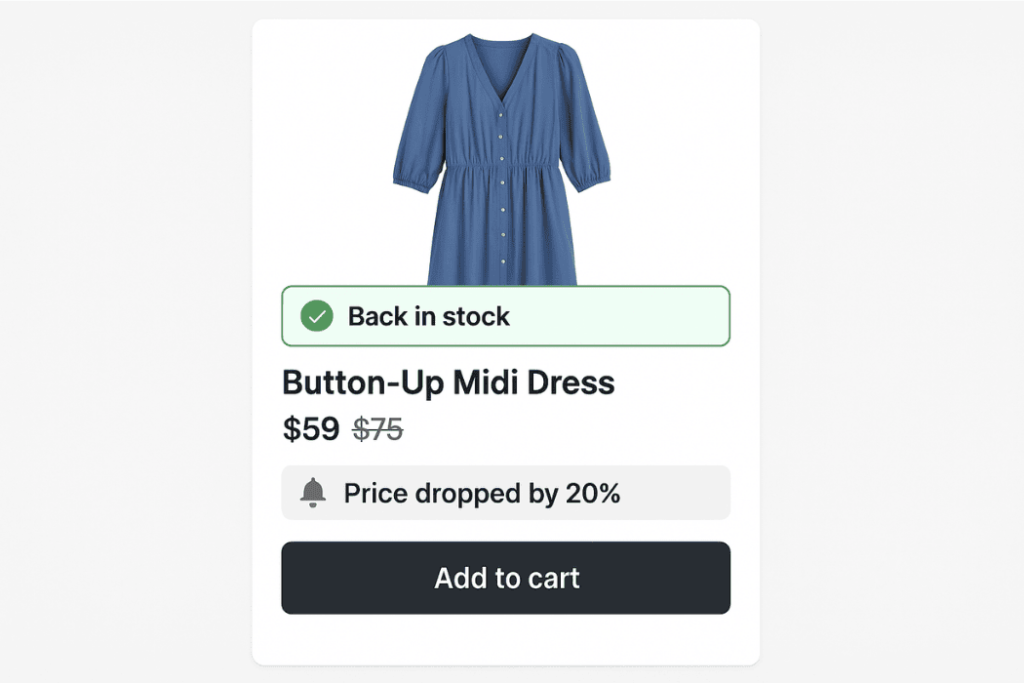
Letting customers know when a product is back in stock or has dropped in price is a proven way to boost sales, especially when those customers have already shown interest.
According to Omnisend, alert-based emails (like product-view or cart reminders) generate 2,361% higher conversion rates and 332% more clicks than standard promotional campaigns.
To take advantage of this, start by exporting product view or wishlist data from your WooCommerce store. Use this data to identify customers who interacted with specific items but didn’t purchase.
You can use a WooCommerce wishlist plugin like SaveTo Wishlist for this purpose.
Next, match those items with your current inventory to see which products are now back in stock or have updated pricing. Then, send targeted emails to the customers who previously viewed or saved those items, letting them know the product is available again or on sale.
Because these customers have already expressed interest, they’re far more likely to convert.
With these practical database marketing examples covered, it’s helpful to look at some of the common challenges store owners face when using database marketing.
What Are The Challenges Of Database Marketing?
While results can be impressive, building an effective database marketing system takes time and care. First, store owners must tackle messy or outdated customer data. Then, they need to clean and organize it to ensure it’s usable.
If records are missing or inconsistent, segments will be inaccurate. Moreover, mishandling customer data can create compliance risks. That’s why reliable export tools and clear systems are essential.
Finally, many underestimate the time required to clean, sync, and manage data across platforms. Without structured exports and scheduling, manual steps can quickly lead to delays and errors.
Here are a few of the most common challenges you should expect:
- Outdated, duplicate, or inaccurate entries can muddy your data
- Privacy and consent rules (like GDPR) require careful handling
- Manual segmentation can be time-consuming without the right tools
That’s why tools like Store Exporter Deluxe are helpful. They simplify exports and keep your customer database clean. Now, let’s see how this tool plays a direct role in helping you manage and use your data more effectively.
How Does Store Exporter Deluxe Help With Customer Data?
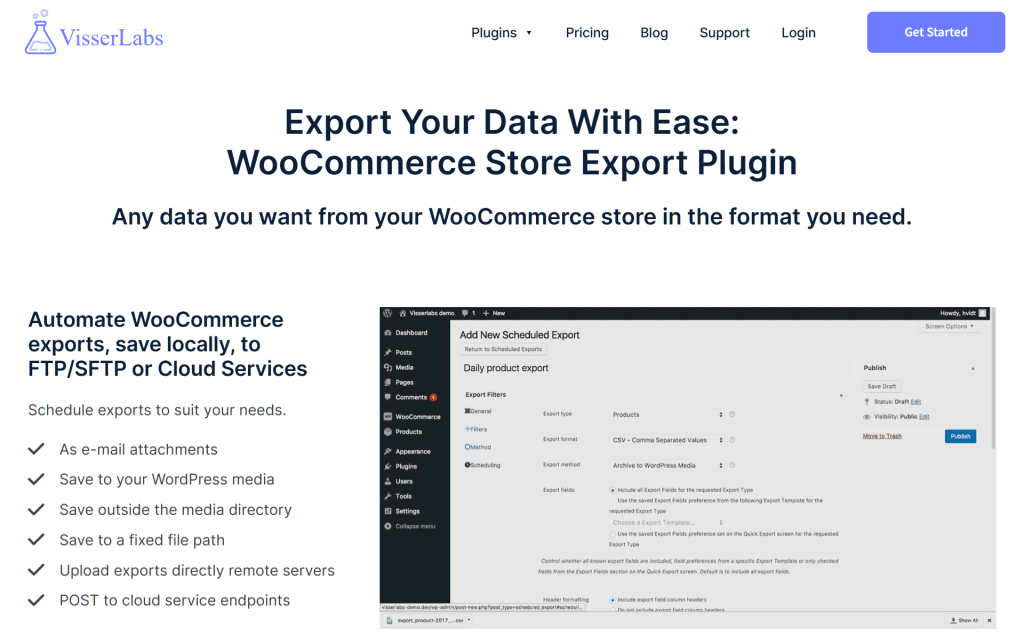
Store Exporter Deluxe helps WooCommerce store owners take control of their data. It makes it easy to export, organize, and prepare that data for marketing.
Instead of juggling multiple tools, you can get customer records, order history, product details, and behavior data all in one place. This saves time and keeps your segments accurate and consistent.
As your store grows, you may need to send more targeted campaigns. Store Exporter Deluxe supports that. With flexible export settings and automated schedules, it becomes a key part of your marketing workflow.
It helps you:
- Export order, product, and customer data in structured formats
- Create schedules to automate WooCommerce data handling
- Find tools for managing product data effectively without coding
- Serve as a top solution for customer data export
It integrates directly into your WooCommerce dashboard and supports streamlining online retail operations—especially when your marketing strategy depends on timely, relevant customer insights.
Final Thoughts: Can Database Marketing Work for You?
Database marketing is about making smart decisions based on what your customers are telling you through their behavior. When you take time to organize your WooCommerce data and treat it like an asset, marketing becomes less reactive and more strategic.
Instead of sending one-size-fits-all campaigns, you begin building customer relationships that are timely, relevant, and rooted in insight. That’s the difference between running generic promotions and applying database marketing examples that actually convert.
To recap, here are the key database marketing examples covered in this article:
- Personalized Product Recommendations
- Abandoned Cart Recovery Campaigns
- Loyalty and Rewards Campaigns
- VIP Segmentation and Exclusive Offers
- Birthday or Anniversary Promotions
- Post-Purchase Cross-Sell Campaigns
- Lapsed Customer Re-Engagement
- Predictive Product Suggestions
- Location-Based Promotions
- Back-in-Stock and Price Drop Alerts
If you’re ready to turn your WooCommerce data into marketing that actually performs, check out the Store Exporter Deluxe pricing page and choose the plan that fits your needs.
